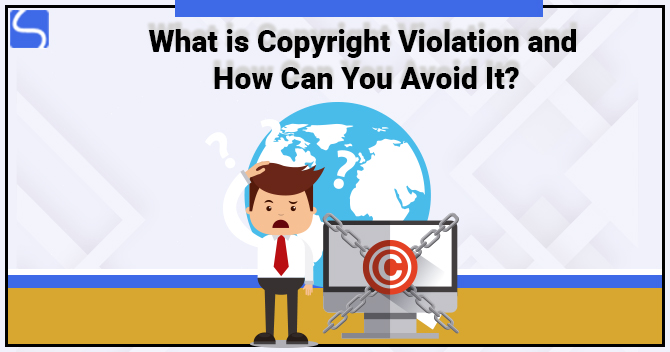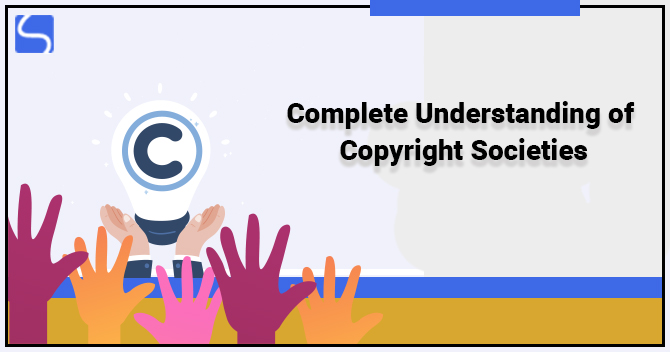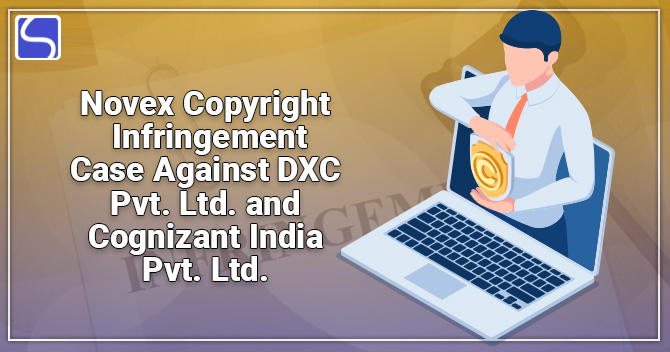An Overview on Copyright for Cinematography Film in India
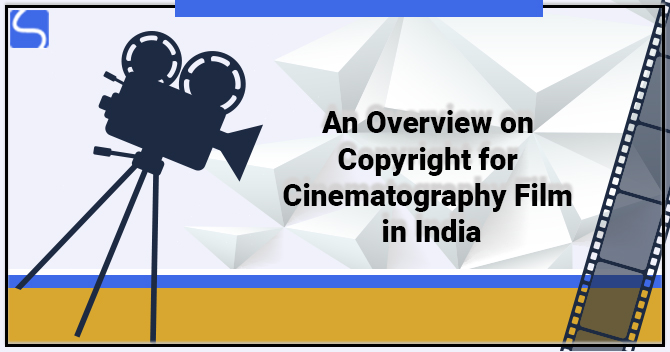
Karan Singh | Updated: Mar 16, 2021 | Category: Copyright
Copyright for Cinematography Film in India is referred to any visual recording or work on any medium created by a process from which a moving image may be created. It can be generated by any means and also includes the recording of sound along with the visual recording. Cinematography shall be specified as comprising any work formed by any process similar to cinematograph containing video films. The complete process of Copyright Registration of a Cinematograph Film necessitates and a mixture of robust public education and awareness. Better execution of Copyright Laws and a robust perception of the different framework of Copyright Protection would go an extended way in putting a stop to plagiarism and privacy. Scroll down to check more information regarding Copyright for Cinematography Film in India.
Table of Contents
Vital Elements for Copyright Registration
Following are some important elements of Copyright Registration in India:
- Requirements: The requirements for Copyright Registration are that the work should be unique, creative, and should be proficient in fixing in tangible form.
- Reformation of Work: Only the original creator and authorized person can recreate the work without any fear of Copyright Laws.
- Rights Enjoyed by the Creator: The creator enjoys various rights such as making derivative works, the Right to control the imitation, issuance of work copies, perform in public, and show the copyrighted works.
- Original Work should be Tangible in Nature: The original work of a creator in a perceptible form can be safeguarded under the Copyright Laws.
- Who Can Go for Copyright?: Architects, Writers, Authors, Writers, etc.
Also, Read: How Can You Copyright a Song in India?
Advantages of Copyright for Cinematography Film in India
Copyright is a legal expression used to direct the rights that the creator has over their original work. Works covered by Copyright collection from books, advertisements, maps, music, computer programs, cinematography, software, etc. It protects the original work of a creator. Once Copyright for Cinematography Film is registered, it creates a sense of safety in the creator’s mind, that their creation is well protected under the Copyright Act, and no one can misuse or copy their work without any permission. The benefits of Copyright for Cinematography Film is mentioned below:
- Show the creator’s work publicly.
- Attracts the crowd attention.
- Defensive Measures.
- Enjoys the Rights to Work freely.
- Generate profits.
- Legal Safety of Ownership.
- Protecting the creator’s reputation.
- Passing on the Right of work.
What are the Essential Documents Required for Copyright for Cinematography Film in India?
Following is the list of all the vital documents required for Cinematography Film Copyright in India:
- Provide the applicant’s details like name, full address, occupation, education qualification, nationality, etc.
- Submit a copy of the original work in case the work is published; if the work is not published, then submit two copies of the work.
- Submit the Form XIV and SOP (Statement of Particulars), which should be duly signed by the applicant who may be the creator or owner of the Right.
- In the case of Cinematography Films, a Statement of Further Essentials is not needed.
- An Agreement or No Objection Certificate, if another person is also involved other than the applicant.
- Submit a Power of Attorney if filing an application is done by an advocate or any representative other than the applicant.
Fees Required for Copyright Registration for Cinematography Films
The prescribed fees for Copyright Registration for Cinematography Films is Rs. 5000/work. Hence, the application for Copyright for Cinematography Film must be accompanied by the equivalent fee.
Procedure for Cinematography Film Copyright
Following is the procedure of Copyright for Cinematography Film in India:
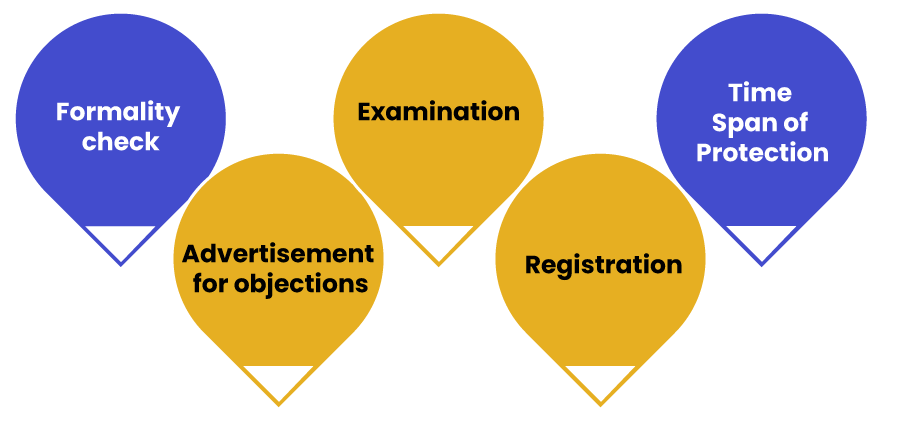
- Formality Check: First, the applicant need to file an application form for copyright; after then, they have to submit the same to the Copyright Office. After that, the Copyright Officer conducts a formality check to make sure that all the vital documents are attached to the application or not. But, in case of any failure, a letter specifying the essential documents is sent to the applicant.
- Advertisement for Objection: Once the officer successfully completes all the formality checks, it is advertised for one month to invite objections from individuals who declare to have an interest in the copyright subject matter or who disagree with the applicant’s Right to register their work. If any objection is raised by any individual or any third-party, both parties will be invited to respond in writing, and then it will be heard by the Registrar. If the objection occurs, the application for copyright will be rejected.
- Examination: The Copyright Office will check if the creator’s work had any objections or dissimilarities. If objections are raised by the third-party, the application will be rejected. But, if it passes the objections duration and no objections are raised, further steps will be made.
In case of any differences, the applicant will be given a chance to correct their work based upon the requirements and passes it for Copyright Registration. Moreover, if the discrepancies are modified, the application will be managed by the Registrar for issuance of a Registration Certificate.
- Registration: Once the examination process is done, a Registration Certificate and extracts of Copyright Registration will be issued to the applicant.
- Time Span of Protection: The Copyright Act (Section 26) contracts with the duration of Copyright for Cinematograph films. The validity of protection is 60 years and starts from the year when the original work was 1st published.
Conclusion
Copyright for Cinematography Films ensures that your work is protected against any unauthorized use, thereby allowing you to assign the work, sell, or distribute and make monetary gains. The protection is usually granted for 60 years. Once Copyright for Cinematography Films is registered, it creates a sense of safety in the creator’s mind, that their creation is well protected under the Copyright Act.
Also, Read: What are the Different Types of Works Under Copyright?












